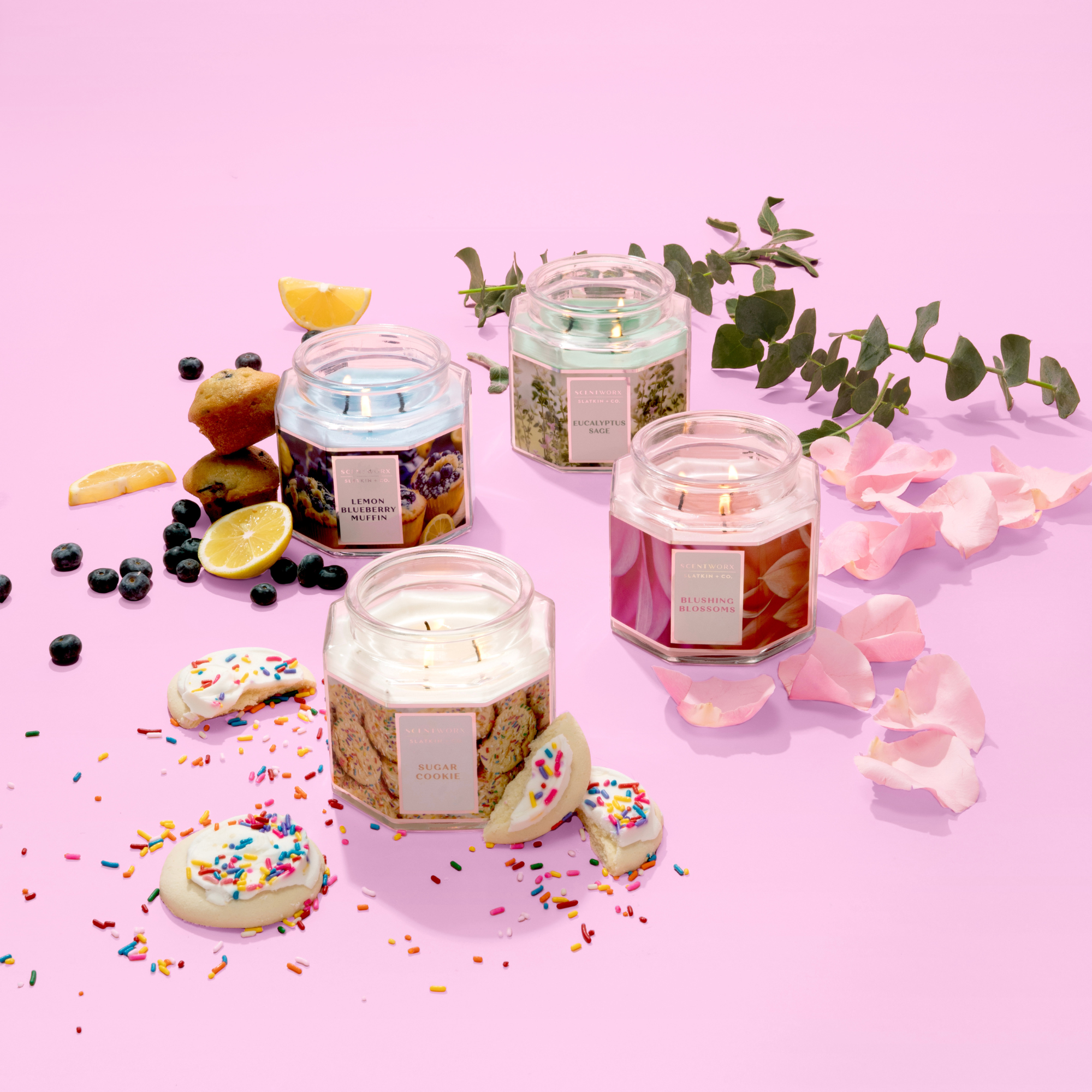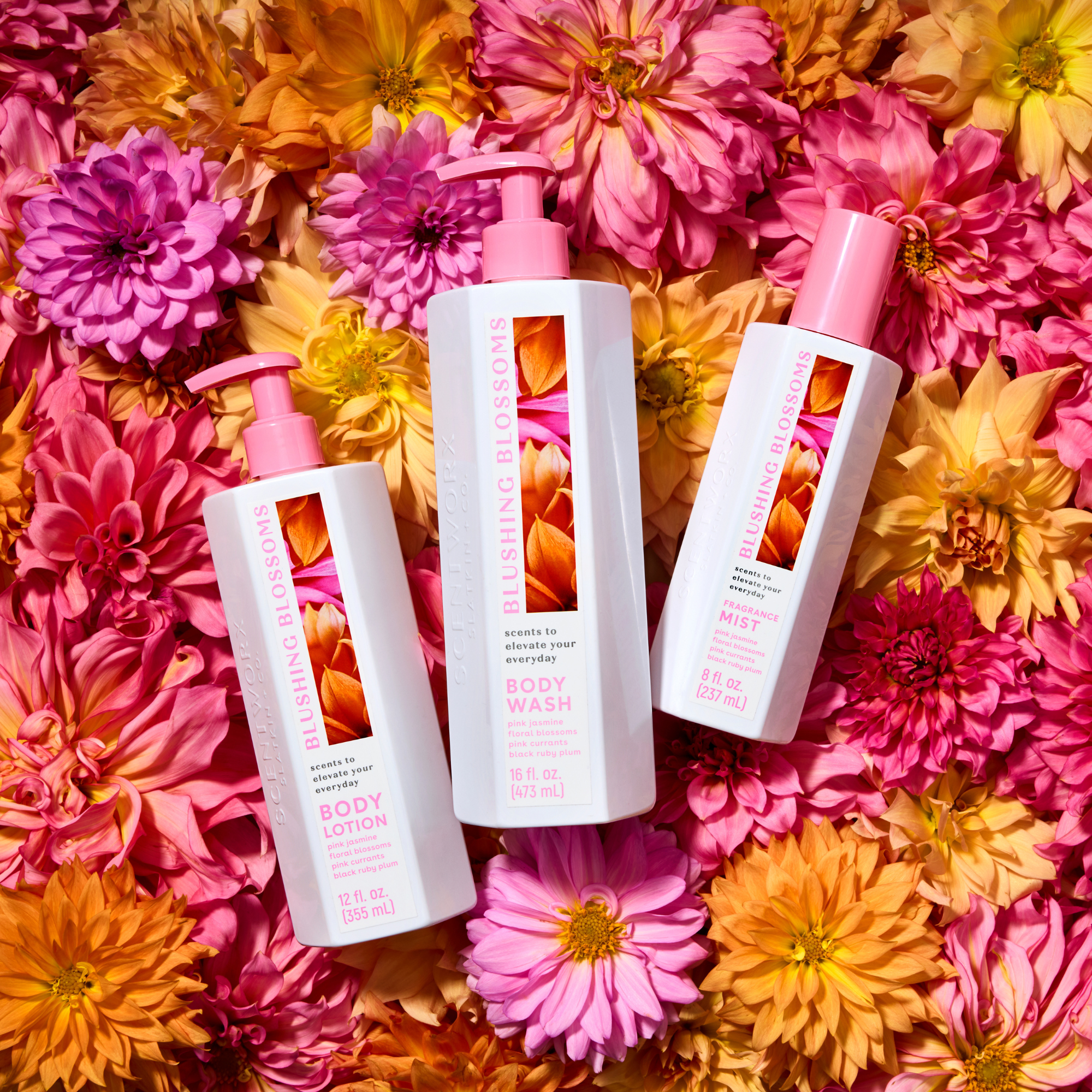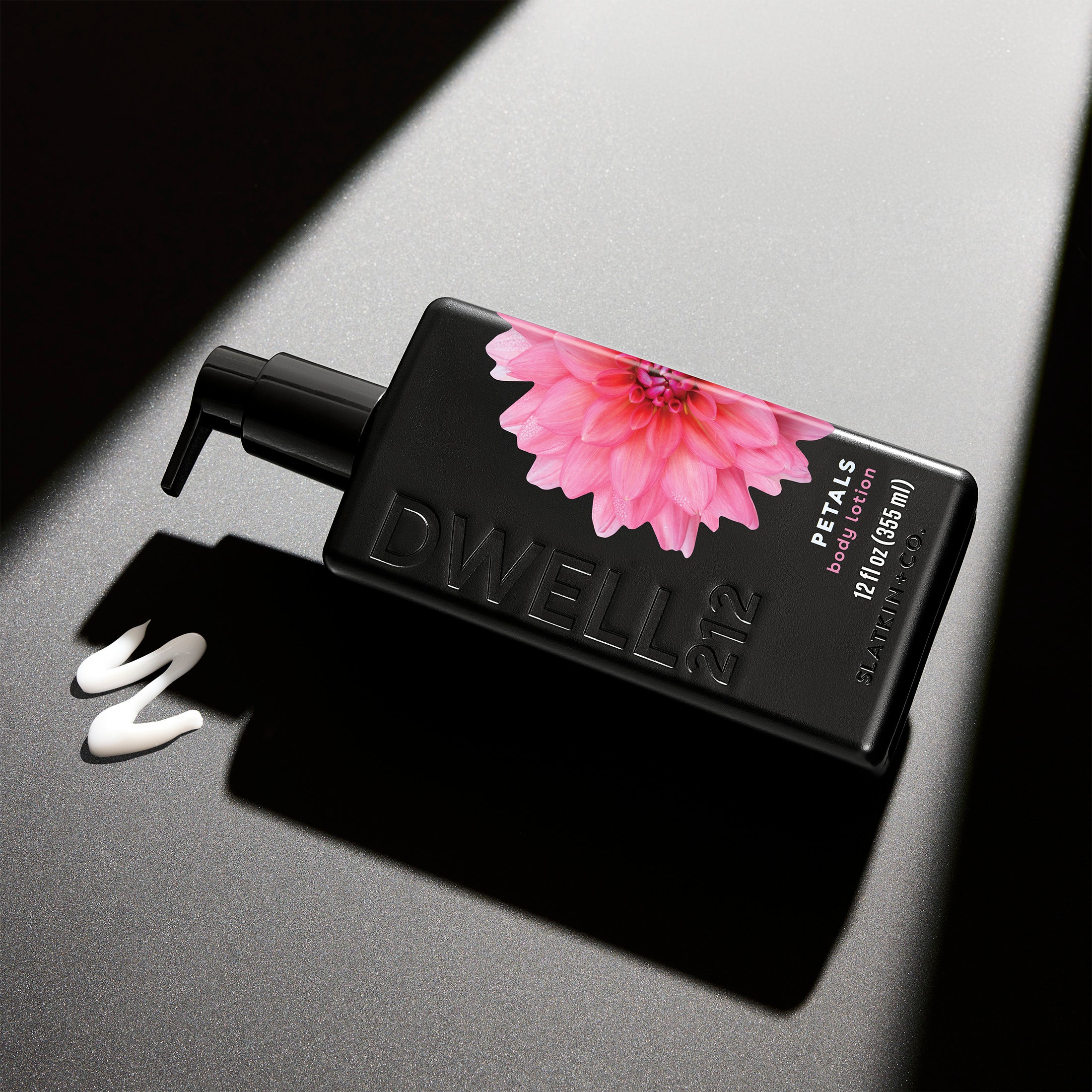How to Make a Candle Last Longer: Tips & Tricks
Candles can be used to evoke a sense of warmth, comfort, and tranquility. Creating a cozy atmosphere for any occasion is made easier with the addition of a few well-placed candles. Unfortunately, candles can be surprisingly short-lived, with some burning themselves out in a matter of minutes. To make a candle last longer and make the most of your investment, follow these useful tips and tricks.
Steps for Extending Candle Life
The first step in making candles last longer is to ensure that the candle is burning correctly. This means that the wick should be trimmed to 1/4 inch before lighting, and that the flame should be kept small and steady. If the flame is too big, it will cause the wax to burn too quickly and shorten the lifespan of the candle. The second step is to keep an eye on the size of the pool of melted wax. As the candle burns down, the pool of wax should remain even with the sides of the container, or slightly above. If it’s too shallow, it can cause the wick to burn out too quickly.
Finally, it is important to keep the candle away from drafts and other sources of air movement. This can cause the flame to flicker and create an uneven burn, which can lead to an uneven pool of wax and a shorter lifespan for the candle. Additionally, it is important to keep the candle away from direct sunlight, as this can cause the wax to melt too quickly and reduce the candle's lifespan.
Interested in extra candle care tips? Check out what our experts put together to help your candles burn longer!
Choosing the Right Candle Wax
The type of wax used to make a candle can have an impact on its burn time. Paraffin wax is a popular choice because it’s easy to work with and readily available, but it does have a shorter burn time than other types of wax. Soy wax and beeswax are two alternatives that offer longer burn times. Soy candles can last up to three times longer than paraffin candles, while beeswax candles can last four times as long. While they may cost slightly more than paraffin wax, they do offer excellent value for money in the long run.
When choosing a wax for your candles, it's important to consider the type of scent you want to use. Soy wax and beeswax are better suited for essential oils, while paraffin wax is better for synthetic fragrances. Additionally, soy wax and beeswax are both natural and renewable resources, making them a more sustainable choice than paraffin wax.
Burning Candles Safely
Safety should always be a priority when burning candles. Never leave a candle unattended and make sure it’s placed on a stable, heat-resistant surface. Keep away from flammable materials, such as curtains or furniture, and never move a lit candle. Keep lit candles out of reach of children and pets and never burn a candle near an open window or drafty area. Also, take care not to let the wick come into contact with the side of the container as this can cause sooting.
When extinguishing a candle, use a candle snuffer or a spoon to avoid hot wax splattering. Make sure the wick is no longer glowing before leaving the room. If you’re using multiple candles, keep them at least four inches apart to prevent the heat from one candle melting the other. Finally, always trim the wick to 1/4 inch before lighting to prevent the flame from becoming too large.
Selecting the Correct Wick Size
The size of the wick plays an important role in how long a candle will last. A wick that is too small won’t provide enough fuel for the flame and the candle will burn out quickly. A wick that is too large will cause the flame to be too big and will create an unsightly sooty residue on the container. Generally, for a smaller container, choose a wick that is between 1/4 and 3/8 inch long. For larger containers, choose a wick that is 1/2 inch or longer.
When selecting the correct wick size, it is important to consider the type of wax being used. Different waxes have different melting points and will require different wick sizes. Additionally, the size of the container should also be taken into account. A larger container will require a larger wick to ensure that the flame is able to reach the entire surface of the wax.
Keeping a Candle Clean and Snuffing Out Flames Properly
Cleaning your candle can help it last longer by removing any debris or dust that can accumulate on its surface. Use a soft cloth or paper towel to wipe away any dirt or residue from around the wick. To properly snuff out the flame, use a snuffer or a long pair of tongs to carefully extinguish it. This will help keep your candle clean and prevent any potential smoke damage.
It is also important to keep your candle away from any drafts or air currents, as this can cause the flame to flicker and smoke. Additionally, make sure to keep your candle away from any flammable materials, such as curtains or furniture, to avoid any potential fire hazards.
Storing Candles in a Cool, Dry Place
When not in use, candles should always be stored in a cool, dry place away from direct sunlight or heat sources. This will help them retain their shape and color and extend their lifespan significantly. It’s also important to make sure that you store them in an airtight container to keep moisture out.
When storing candles, it is important to keep them away from any flammable materials. Additionally, it is best to store them in a dark place, as light can cause the wax to discolor over time. Finally, make sure to keep the candles away from any pets or children, as they can be a fire hazard.
Adding Fragrance Oils to Candle Wax
Fragrance oils can be added to candle wax to give them a pleasant aroma and make them last longer. Start by melting down some paraffin wax in a double boiler on low heat. Once the wax is melted, add 1/4 teaspoon of fragrance oil for every 4 ounces of wax. Stir well and then pour into your chosen containers. Allow the wax to cool completely before lighting.
When adding fragrance oils to your candle wax, it is important to use a high-quality oil that is specifically designed for candle making. This will ensure that the scent is strong and long-lasting. Additionally, you should always use a separate spoon or stirring stick for each fragrance oil you use, as this will prevent the oils from mixing and creating an unpleasant scent.
Utilizing Soy or Beeswax Candles for Longer Burn Times
Soy and beeswax candles are becoming increasingly popular due to their longer burn times and eco-friendly properties. Soy candles generally have a burn time of up to 50 hours, while beeswax candles can last up to 100 hours. They also produce less soot and have a cleaner burning flame than paraffin candles. Soy and beeswax candles are available in many different shapes, sizes, and colors.
In addition to their longer burn times and eco-friendly properties, soy and beeswax candles are also known for their pleasant aromas. Soy candles are often scented with essential oils, while beeswax candles have a natural honey-like scent. Both types of candles can be used to create a relaxing atmosphere in any room.
Troubleshooting Common Candle Issues
If your candle isn’t burning properly or has an unpleasant smell, there are several possible causes. One of the most common issues is that the wick has become too long and needs to be trimmed back to 1/4 inch before relighting. Another issue could be that air bubbles have formed in the wax or that there is too much fragrance oil in the wax. To remedy this, carefully reheat the wax until all air bubbles have disappeared. If your candle has an unpleasant smell, try adding some more fragrance oil or switching to a different type of wax.
Candles can be used to add ambiance to any room or occasion. By following these simple tips and tricks, you can rest assured that your candle will last longer and create an atmosphere of calm and relaxation.
It is also important to make sure that your candle is placed in an area that is free from drafts. Drafts can cause the flame to flicker and smoke, which can lead to soot buildup on the sides of the container. Additionally, make sure to keep your candle away from any flammable materials, such as curtains or furniture, to avoid any potential fire hazards.





